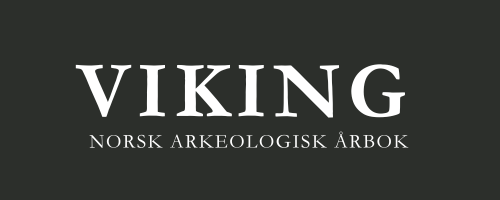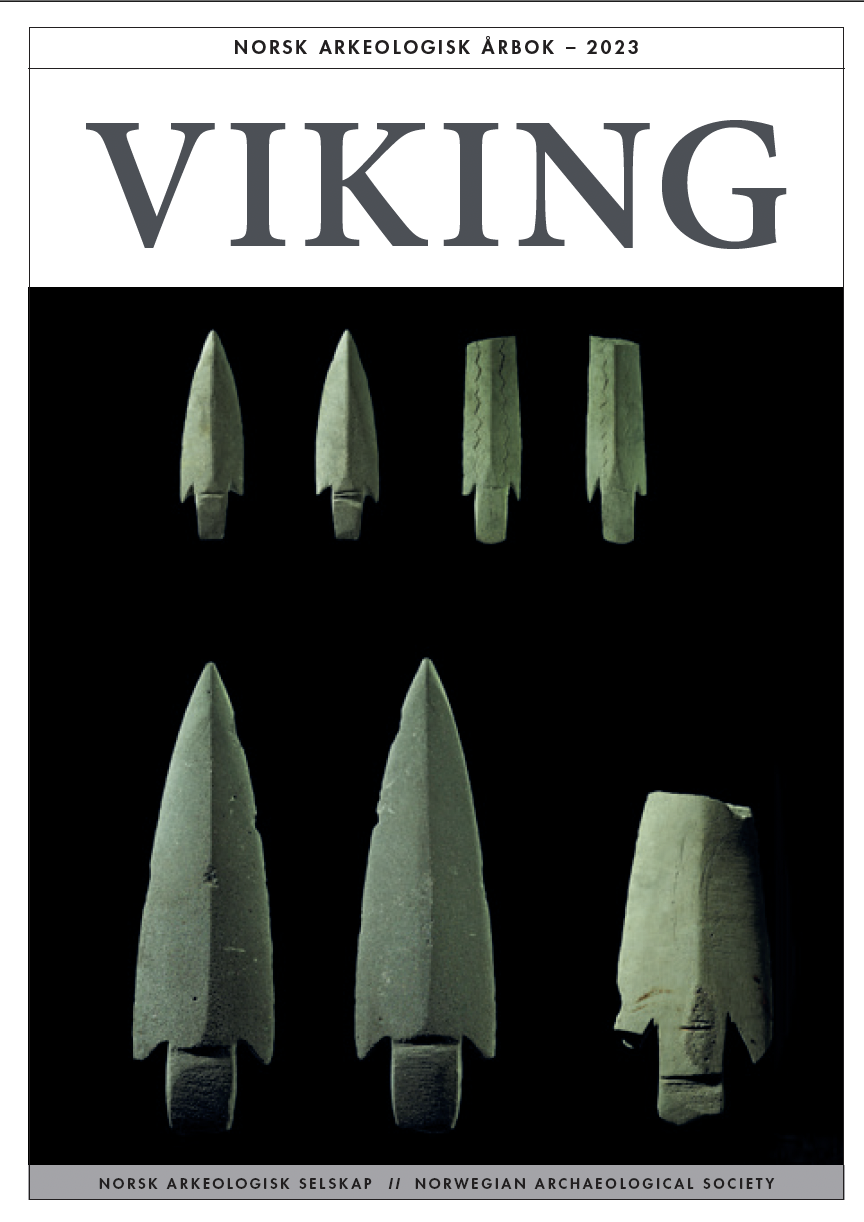Kinsarvik – the town that never was
DOI:
https://doi.org/10.5617/viking.10575Abstract
In the High Middle Ages Kinsarvik in Hardanger was ideally situated as a hub, where iron and other outfield resources flowed from the eastern inland regions to the more populous coastal areas to the west. Archaeological finds, building remains, written sources and previous investigations show Kinsarvik as an urban marketplace, with production and regional and interregional trade, as well as a place with administrative and political functions. Comparable to the more well-known marketplace Kaupanger in Sogn.
The location, as well as finds and structures, indicates that non-agrarian resources from the mountainous settlements to the east were a major foundation for Kinsarvik as a marketplace. A consequence being that, from the late 13th century, when there is a significant decrease in iron production and other outfield resources, Kinsarvik as an urban marketplace looses much of its basis for existence and gradually goes out of use.
Downloads
Published
Issue
Section
License
Copyright (c) 2023 Viking

This work is licensed under a Creative Commons Attribution-NonCommercial-NoDerivatives 4.0 International License.
Fra og med årgang 2016 er innhold i tidsskriftet Viking - dersom ikke annet er uttrykt - lisensiert gjennom Creative Commons Lisens BY-NC-ND-4.0. Dette betyr at innhold kan kopieres, distribueres og spres i hvilket som helst medium eller format, så lenge disse vilkårene er fulgt.



